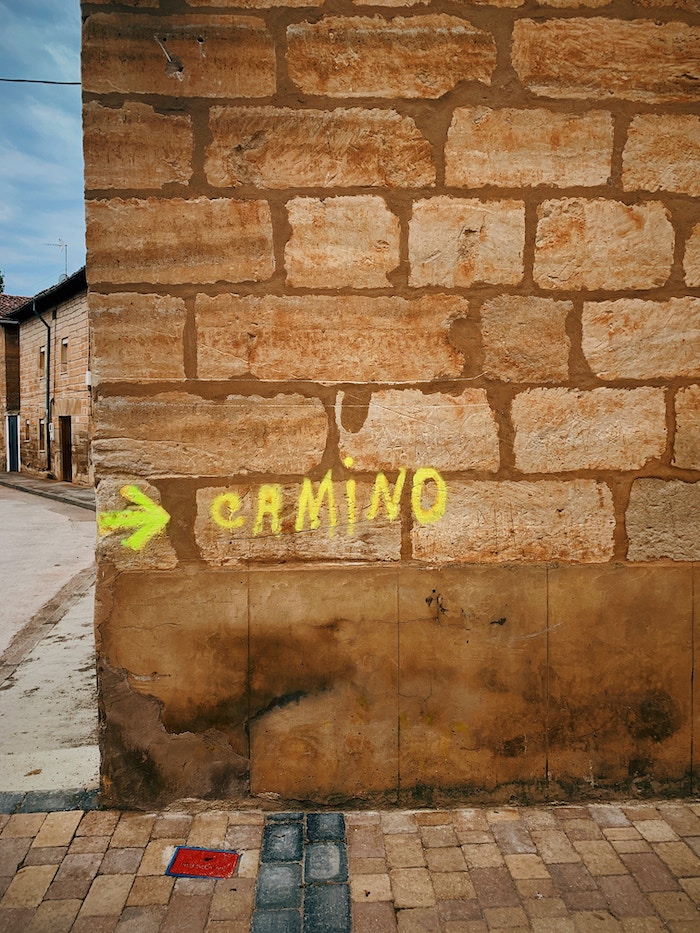Traveling to Europe is like that little black dress in your closet; it will simply never ever go out of style. The compact continent is a playground for travelers of all kinds, and it’s one of those places that just keeps giving and giving–no matter how many times you’ve been, there’s always something new and incredible to discover. While I truly adore Europe in all its seasons, if you’re planning a trip it’s definitely important to take into account the time of year and how it will affect your trip and overall experience. So what’s the best time to travel to Europe, you ask?

The best time to travel to Europe: Fall*
*tie for first place
I love fall travel to Europe because in many ways, you still get the benefits of a summer trip (longer and warmer days) without having to share it with throngs of people. Things slow down and get a little quieter and a little more relaxing in the beach-side and provincial towns. And in the cities, life returns to a normal pace, and observing and taking part in everyday, local life is an absolute joy.
My favorite part of Europe in the fall is the wine harvest; the picturesque towns in rural Spain, France, Germany, Austria, Croatia, Italy, and Hungary that are fringed by vineyards and centuries old wine-making tradition come to life with harvest festivals, the buzz of the harvest, and activity. In fact, you may even want to
take part in wine harvest work for a day.
The best time to travel to Europe: Spring*
*tie for first place
Spring is an equally great time to visit as the continent awakes from its frozen stupor, and suddenly, life and the color green return. Generally speaking, starting in April, you’re bound to have pleasant weather with the occasional rain shower, perfect for sightseeing, hiking, and exploring. However, if it’s beaches you’re after, you’ll want to aim for a late May visit to ensure the weather is warm enough for sunbathing.
I especially love the countryside this time of year; the blossoming and blooming of everything is so much more palpable when you leave the cities. Try the Provence region of France, the Andalucia region of Spain, or central Austria and Hallstatt. And of course, as far cities go, there’s nowhere like Paris in the springtime. Try as I might, I just can’t explain why; you’ll have to feel it for yourself to understand.
The second best time to travel to Europe: Summer
The summer months (especially July and August) are peak travel months on the continent, and everyone and their mom hits the road, so although you’ll have incredible, sunny, balmy weather, you’ll likely be sharing everywhere you go with many a fellow traveler (selfie stick toting, huge bus tour groups included). If you’re more interested in the cities than the summer beach hotspots, you’ll want to keep in mind that some cities, particularly in France and Italy, partially shut down in August, and it’s not uncommon to see shops with signs that say “I’m in the south vacationing for a month, be back in September.” After all, the Europeans are pros at work-life balance.
There is a way to get around it, though, and there’s no need to fret if work, school, and life schedules at home only make transcontinental travel in the summer months possible. I recommend you go off the beaten path in the summer more than you would in any other season, for the obvious reasons that there will be fewer crowds. Book in advance for everything; for example, many Greek islands are at 95% booked capacity throughout this summer–if you don’t think ahead, it will be slim pickings as far as the best choices go. Consider Northern Europe to escape the heat. Still determined to have beach European summer trip? Try these
lesser known European islands instead.
The worst time to travel to Europe: Winter**
**kind of
I mean, it’s not that bad, and most of Europe doesn’t typically descend into a frozen tundra when the winter months come; it’s just that your vacation will be incredibly dependent on the whims of the forecast. City sightseeing might be a bit chilly, and you’ll likely find yourself taking many cafe pit stops and visiting more museums than you normally would just to stay warm.
It’s not all bad, though; there are also some incredibly redeeming factors in a winter trip to Europe. First and foremost, flights are generally much, much cheaper than usual (major caveat here, of course, is the days around the December holidays). The Alps are particularly stunning when capped in snow, and skiing in Austria, Italy, and France is really a once in a lifetime opportunity, even if you’re not much of a skier, like me. Leading up to Christmas, most European cities put on stunning outdoor Christmas markets, full of incredibly strong spiced wine to warm you up, as well as delicious treats and cute shopping.
Have you been to Europe? What’s the best time to travel to Europe in your opinion?
Also by Irina: The *Real* Story Of How I Built A Successful Company By Age 30
Related: How to Nail Eco-Glam, Carbon-Neutral Travel That Leo DiCaprio Would Approve
4 Reasons a Trip to Southeast Asia is Good for the Soul
Get more like this–sign up for our newsletter for exclusive inspirational content!
__
Photo: Joseph Pearson on Unsplash





